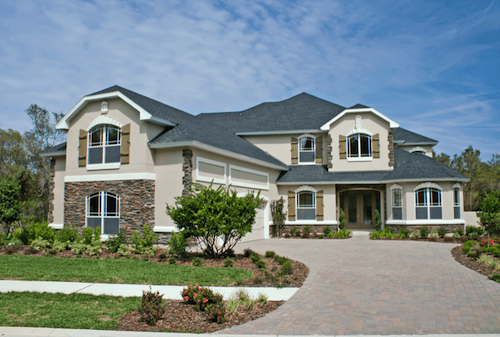The Difference between a Fixed Mortgage Rate and Adjustable Mortgage Rates
The Difference between a Fixed Mortgage Rate and Adjustable Mortgage Rates
The difference between a fixed mortgage rate and adjustable mortgage rate is that for a fixed mortgage, the rates are set when you take out the loan and remain so for the payment period. On the other hand, an adjustable-rate mortgage can change the interest rates at any time. Adjustable-rate mortgages often starts with low rates for the first few months, after which they can spike. This is not always the case because some lenders reduce the interest rate if conditions are favorable. Please consult with a Long Island mortgage broker for more in-depth explanation on this topic
Lenders use a tool to measure the reasonable interest rates matching current market conditions. These conditions can be unpredictable at times, which is why some lenders will cap interest rates. Your contract may have a limit as to how low or high the interest rates can go. This clause is essential to protect yourself from unattainable interest rates.
When taking out an adjustable-rate mortgage, you should find out;
- How soon the starter rates could change
- If there is a cap on how high or low the interest rates could go
- How often the interest rates are going to change
- How high the monthly charges could go with an adjustment; is there a limit?
- If you can still afford to repay the loan with the higher-margin rates
It is imperative that you do not assume the rates will remain low. Some homeowners think they can refinance the loan or sell the home before the rates go up, which is a mistake as you might end up losing your property.
Fixed-rate mortgage rates protect the borrower from constant changes in rates, while adjustable-rate mortgages may prove to be cheaper in some cases. In addition, the fixed-rate mortgage rates can be too high for potential homeowners to qualify for the loan.

